I "Coach" TED Talks #2 - Excellent Energy and Spooky Stillness
/If you subscribe to updates on TED talks, then this talk on Quantum Biology, by physicist Jim Al-Khalili, recently appeared in your inbox. If you're curious about the ultimate nature of reality, but didn't get the hang of advanced mathematics, like yours truly, then it's good to listen to someone like Mr. Al-Khalili. And if you do understand advanced science, then Mr. Al-Khalili is a good example of how to talk to a general audience.
From a coaching perspective, sometimes, it's good just to carefully observe a really enjoyable speaker. It gives you a picture of how you want to feel before an audience. But there's also something, well, spooky here....and it's not just in the quantum biology.
This talk is also a good lab for watching how speakers are impacted by the physical aspects of the room they're in and how people change their behavior for the camera.
The Room
At 25 sec - we see the challenges and the assets of the theatre in which Khalili is presenting.
In his favor, there are screens in front of him and to the side, mounted in aisles, so he doesn't have to break contact with the audience to know what the audience is seeing. [Personally, I don't think it's bad if a speaker turns to look at their slide, as long as the speaker remembers not to speak to the slide] .
The challenge - he is on a thrust stage, meaning the audience is on 3 sides - this promotes intimacy with the audience, but it also means that close to 1/2 the audience is off to either side. This means to make and maintain contact the speaker has to move. Whatever the configuration of a room, speakers need to make choices about proximity to the audience. Willingness to approach the audience signals confidence and a desire to connect. In this room, the speaker must be close to the audience, and must move in order to remain present with everyone.
The Delivery
Around forty seconds we get a nice shot of how strong it is to stand still with the feet shoulder-width apart. It's a great posture to start with and to return to. He is, to borrow a phrase from one of my movement teachers, "free, forward, and up". Movement is possible from this posture because it is easy to feel one's weight on the floor - and it takes energy to move from this posture, so tiny nervous movements are felt as tiny and nervous; this posture promotes self-awareness. To take a step from here takes a deliberate move.
As he gets into his talk, you can observe: the comfortable pace, released energy - a little bound in the arms, but they're not dead - he's gesturing rather than erecting an inert barrier at right angles, which many nervous speakers do. Great pitch variation, which follows in the moment from gesturing, but is rooted in knowing where he's going, and composing the talk in an unornamented, oral style. Finally, he also uses stories. At 6:30 he talks about how Schrodinger 'begged to differ' from conventional wisdom in his field. He doesn't just inform us of Schrodinger's views, he speaks of Schrodinger as being in conversation with the ideas. An active style is clear and gives the voice something to do in accenting language. To top it off, the slides are few in number, simple and clean.
Despite all of this excellent energy, something began to dawn on me about 5 minutes in. It's the Spooky Stillness of his feet.
After about 5 minutes, I realized: he still hasn't taken a step. Did the organizers put magnets in his tap shoes? Who got to him? The videographer who begged him not to move to help the editing? His own nervous voice telling him to stay planted? Or maybe even-shudder- a voice coach? Or maybe it was a choice - maybe he gets scattered and frenetic if he moves too much.
On the one hand, It doesn't really matter, the presentation is excellent, but it's worth some reflection. I can't imagine the audience in the room didn't notice this and maybe find it odd. In fact, around 9:45 in the speech you can see him twisting to bring in the side audience. I would have said to him, "listen to your feet". Sometimes your body knows the right thing to do. Also, he's really responding to the configuration of the stage - which shows how present and connected to the audience he is.
Finally, another grace note Al-Khalili hits earlier, around 9:05 is how he responds to the laughter - he hears it and rolls with it. This doesn't take any great craft. It's just listening and breathing. Nervous speakers 'step on' the laughter - which is like telling the audience 'SHH' I have something important to say!", as they rush to the next idea, trying to exert control over an uncontrollable situation.
Conclusion
The spookiest part of presentations, or performance of any kind, is the audience. After all of the hard work of drafting, re-drafting and rehearsing, it is the audience that decides what is important.
If you are fortunate enough to elicit laughter from an audience, it means they're listening; it means their breathing pattern is changing, which means ideas are reaching them. Most important, laughter means your audience is no longer just a group of individuals, it is becoming a chorus, inspired to some degree by your presence. That's can be lot of energy to take in and remain present with.

